Streets and buildings built under rocks: this is the most peculiar town in Spain
Tuesday, July 26, 2022
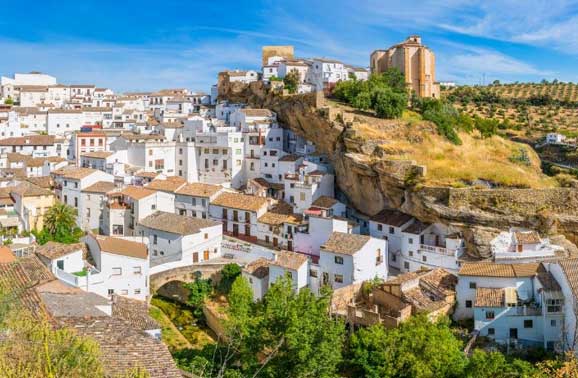
If this summer you want to enjoy a holiday in Andalusia without being too hot, there is a municipality in the province of Cádiz that you will love. It is a unique town in Spain since all the streets and buildings are built into and under a rock face.
It has a population of 2,700 inhabitants, and a few kilometres away there are many towns that are well worth a visit, such as Olvera or Ronda. Therefore, you can spend your rest days discovering this area of Andalusia and falling in love with every corner.
Sound familiar? The town is Setenil de las Bodegas, located an hour and a half by car from Cádiz capital. It is located around a canyon excavated by the waters of the Guadalporcún River, and strolling through its streets is a true experience for the senses.
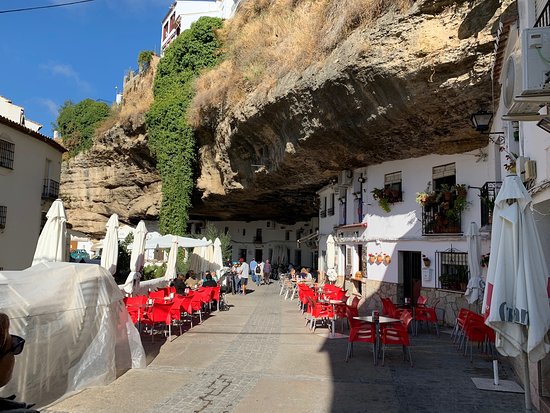
Cuevas del Sol Street is the most important in the municipality. It is located in the lower part of the town, so it is the first place you will visit in Setenil de las Bodegas. All the houses are built under huge rocks and there are many restaurants where you can try some amazing dishes from the local cuisine.
From Calle Cuevas del Sol there are some stairs going up to the Mirador del Carmen, which offers the best panoramic views of the town. You will be amazed to see the complex "urban planning".
Calle Cuevas de la Sombra is also a very picturesque place. It receives this name because there is a large rock suspended between two rows of houses, which does not let even a single ray of sunlight through. It is in front of Calle Cuevas del Sol.
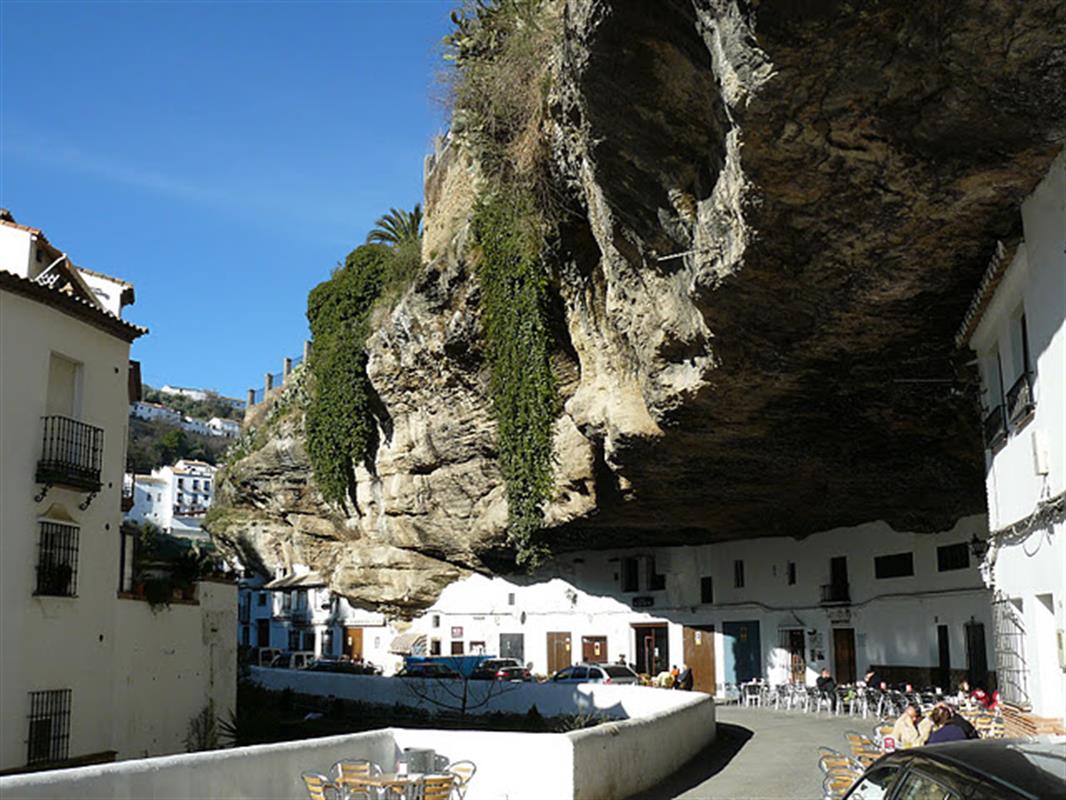
In the highest part of Setenil de las Bodegas is the Torreón, one of the essential places to visit. It is the only thing that remains of the ancient fortress built in the Middle Ages by the Muslims.
Next to the Tower is the Church of Our Lady of the Incarnation, whose origins date back to the 15th and 17th centuries built on the site of an old mosque. Inside it houses the Altarpiece of the Annunciation from the end of the 15th century.
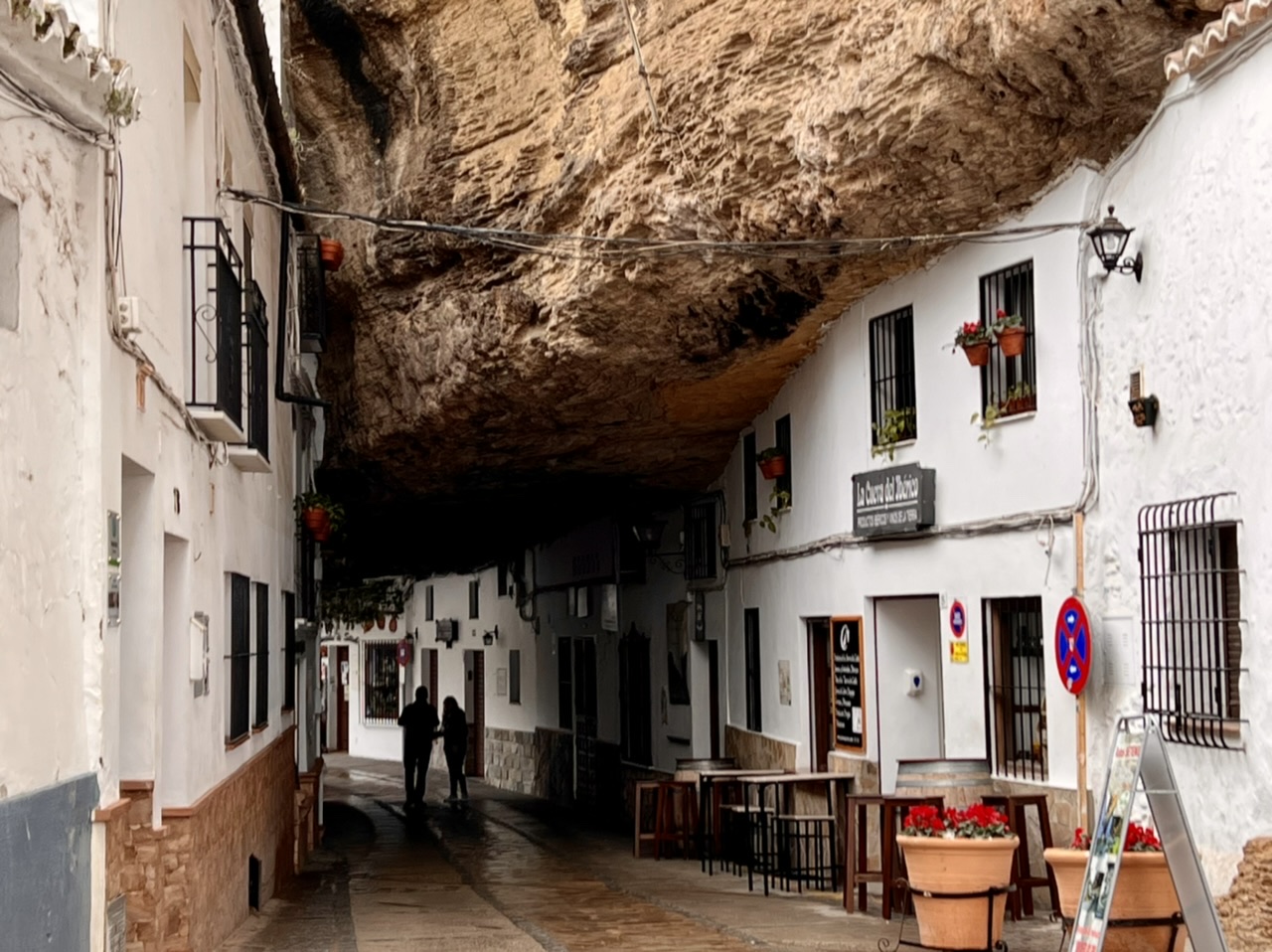
The Hermitage of San Benito is one of the most important religious temples in this unique town in Spain. Although it is a simple construction, inside is the image of Father Jesús Nazareno, the most admired carving in the town.
As you can see, visiting Setenil de las Bodegas is a great option for a day out this summer!
 2
Like
Published at 9:15 PM Comments (1)
2
Like
Published at 9:15 PM Comments (1)
Declared the Best Beach in the World
Wednesday, July 20, 2022
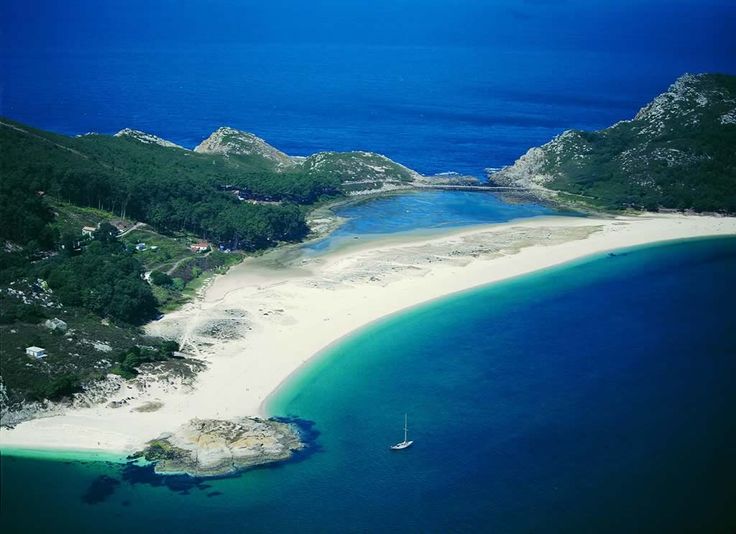
Sea or mountains? In Spain, the answer to this question is overwhelming: 70% of Spaniards go to the beach and only 26.3% go to the mountains, according to data from the consulting firm NC Report.
The preference for the beach can be seen in each holiday exodus that goes to the coastal towns. It is not surprising that every summer images appear of crowded beaches on Spain's coast. So year after year, so it seems that the best beaches, or less populated beaches, are outside of Spain's borders. Nothing is further from reality.
As explained by the General Directorate for Sustainability of the Costa del Mar, Spain has more than 3,000 coastal spaces, but, in addition, some are recognized as among the best in the world. One of these spaces is Rodas beach, selected by the British newspaper The Guardian, as the best. This natural paradise is located in the Cíes Islands archipelago, in the Vigo estuary, in Galicia.
Rodas beach is located between the islands of Monteagudo and Faro and forms a crescent shape around Dos Nenos, the highly biodiverse saltwater lake. 1,300 meters squared of fine sand in which to abandon yourself without any worries other than getting in or out of the sea.
The intense blue of the Atlantic water contrasts with the blinding white of the fine sand and the green of the pine and eucalyptus forest. In short, an Eden in which there are no hints of overcrowding, perhaps due to the very low temperatures of its water, even in July or August. Rodas beach is also home to the largest colony of seagulls in the world, with which you have to be careful when taking out food.
The Cíes Islands are part of the Maritime-Terrestrial Natural Park of the Atlantic Islands of Galicia. This archipelago is made up of three islands: Norte or Monteagudo, Del Medio or do Faro and Sur or San Martiño. The first two are joined by the Playa de Rodas sandbank and a breakwater.
The Cíes Islands were declared a Natural Park in 1980 and included in the M-T National Park of the Atlantic Islands of Galicia created in 2002, together with Ons Island, Sálvora Island and Cortegada Island. It is, therefore, a protected area whose access requires authorization from the Xunta de Galicia.
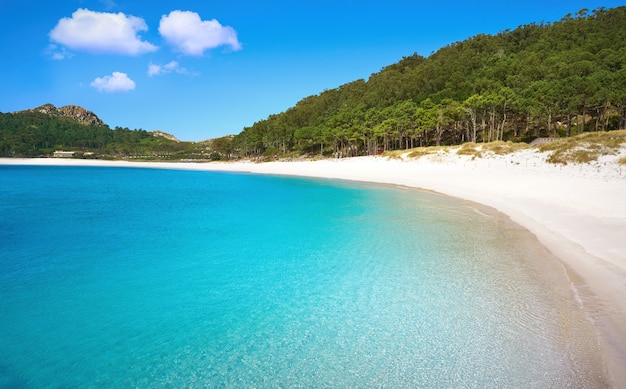
The website of the Xunta is in charge of managing permits. All you have to do is select the date and the number of people who will attend, check the tide times and enter the personal data of both the applicant and the person accompanying him. Finally, it is necessary to download the authorization, which must be shown at the time of boarding.
The demand is usually very high in summer, both from Vigo and from Cangas or Baiona. The cost of the ticket is around 23 euros for adults, 10 for children and free for children under five.
What you need to know:
It is worth coming and touring the islands, visiting the beaches and enjoying nature in this paradisiacal environment, but before that, there are things you should know. There are few restaurants and no hotels. There is a campsite for which there is a lot of demand since its plots are very limited. There is also the possibility of camping freely, but for that, you have to ask permission from the park management. Likewise, you must request permission to do apnea diving or to go with your pet. As it is a protected area, new species of fauna or flora cannot be introduced.
Waste management deserves a separate mention. The Cíes Islands are a protected area and must be maintained that way. That is why citizen collaboration is important, especially with regard to rubbish and litter. On the islands, it is not permitted to leave any rubbish behind. To maintain the space in the same conditions, it is important that everyone brings back to the port of origin all the rubbish that they create.
 1
Like
Published at 12:22 PM Comments (0)
1
Like
Published at 12:22 PM Comments (0)
Some tips to get through the hot Spanish nights...
Tuesday, July 12, 2022
 It's summer in Spain, 11pm: outside it’s 32.8ºC, according to the AEMET Spanish state meteorological agency. At that temperature the bed sheets cling, pajamas are too heavy, and cool air is notable by its absence. It’s impossible to sleep. Your first reaction is to turn on the air con, if you have it. But often it’s not worth the cost to have it running the whole night, so you decide to turn it off again. It's summer in Spain, 11pm: outside it’s 32.8ºC, according to the AEMET Spanish state meteorological agency. At that temperature the bed sheets cling, pajamas are too heavy, and cool air is notable by its absence. It’s impossible to sleep. Your first reaction is to turn on the air con, if you have it. But often it’s not worth the cost to have it running the whole night, so you decide to turn it off again.
But is it possible to sleep coolly in the Spanish summer without air conditioning? Tradition says yes. Ancient Egyptians used to moisten their bedclothes to sleep better and combat heat waves, which pose a serious risk to public health. According to the results of a scientific study carried out by the Spanish National Research Council, mortality rates for those aged over 75 increase 20.1 percent for each degree that the maximum daily temperature rises above 36ºC.
Our ancestors have passed down to us a long legacy of tricks for staying cool. You can sleep under cotton sheets, for example, which aid perspiration. At the same time you can also put your sheets in the fridge or freezer inside a plastic bag for a few minutes before sleeping – they won’t stay cool the whole night, but it will be long enough for you to fall asleep – or fill a hot water bottle with cold water to cool down your bed. Here are a few more suggestions.
1. Be creative. Come up with methods to stop hot air from entering the room. For instance, point a fan toward the windows, or place a bowl full of ice or very cold water in front of the fan to cool the air further. A damp sheet placed over the window also helps.
2. Wear light pajamas. That’s the advice from the US Centers for Disease Control and Prevention (CDC), though you can also sleep naked if you like. It’s a question of preference. According to a study by the Association of American Cotton Producers Cotton USA carried out in the UK, 57 percent of people who sleep naked are happier in their relationship with their partner.
3. Apply compresses dipped in lukewarm water on parts of the body most sensitive to heat, such as the neck, elbows, ankles and the backs of the knees. The contact with cool water has a refrigerating effect that triggers a narrowing of the blood vessels, heating up the skin. In turn, the heat cools you down as a result of the difference in the surrounding temperature, explains the CDC.
4. Sleep alone. It’s the best thing to stay cool. Sleeping alongside someone else increases your body temperature and makes the bedclothes cling, explains dormir.org.es, a website devoted to sleep problems. What’s more, doing so at floor level will make you even cooler as hot air tends to rise.
5. Shower in warm water to reduce your body temperature. This is a good tip for feeling fresh and clean. Many people say that, even though the shock of a cold shower produces an instant feeling of coolness, it reactivates your body and energy consumption, which makes you feel the heat more quickly afterwards than if you had showed in warm water, explains the Biological Health Institute. Also, be sure to keep your feet cool as heat enters the body here. Washing them before you turn in for the night or sleeping with them outside the bed are two good tips.
6. Eat salad for dinner. Avoid big meals and hot dishes such as stews, soups and roast chicken. These force the body to produce more heat in order to digest them. A yoghurt, salad or that Spanish summer favorite, cold gazpacho, are perfect for summer nights. And don’t forget to drink plenty of water, the WHO says: the body uses it to get rid of heat.
7. Turn off all lights and electronic gadgets completely. Putting them on standby is not enough: they go on using energy and giving off heat, according to the International Energy Agency – between five and 10 percent of what they would use when switched on. Also: replace incandescent light bulbs with compact fluorescent ones, which produce the same amount of light but use a fifth of the energy and give off less heat, according to the emergencies center in Arlington, Virginia.
8. A camper's trick - Freeze a bottle water, then wrap it in a towel so it won't freeze your skin and use it in bed as a cold-water bottle. Next day, straight back in the freezer ready for the next night.
9. However, If you are sensible with your air conditioning, put it on an hour before going to bed. Set it at 26 degrees and if possible 27 degrees if you are comfortable with it. One of the main advantages of air conditioning is that it removes the humidity from the air which makes it feel much cooler. Sleep with only a lightweight sheet over you in very hot weather. For every degree above 20 that you set the air conditioner thermostat the cost of electric reduces by about 8%. Finally only use the air conditioner when necessary.
Good Luck and Happy Sleeping!
 2
Like
Published at 6:04 PM Comments (0)
2
Like
Published at 6:04 PM Comments (0)
Discover Tenerife's Cuisine This Summer
Friday, July 8, 2022
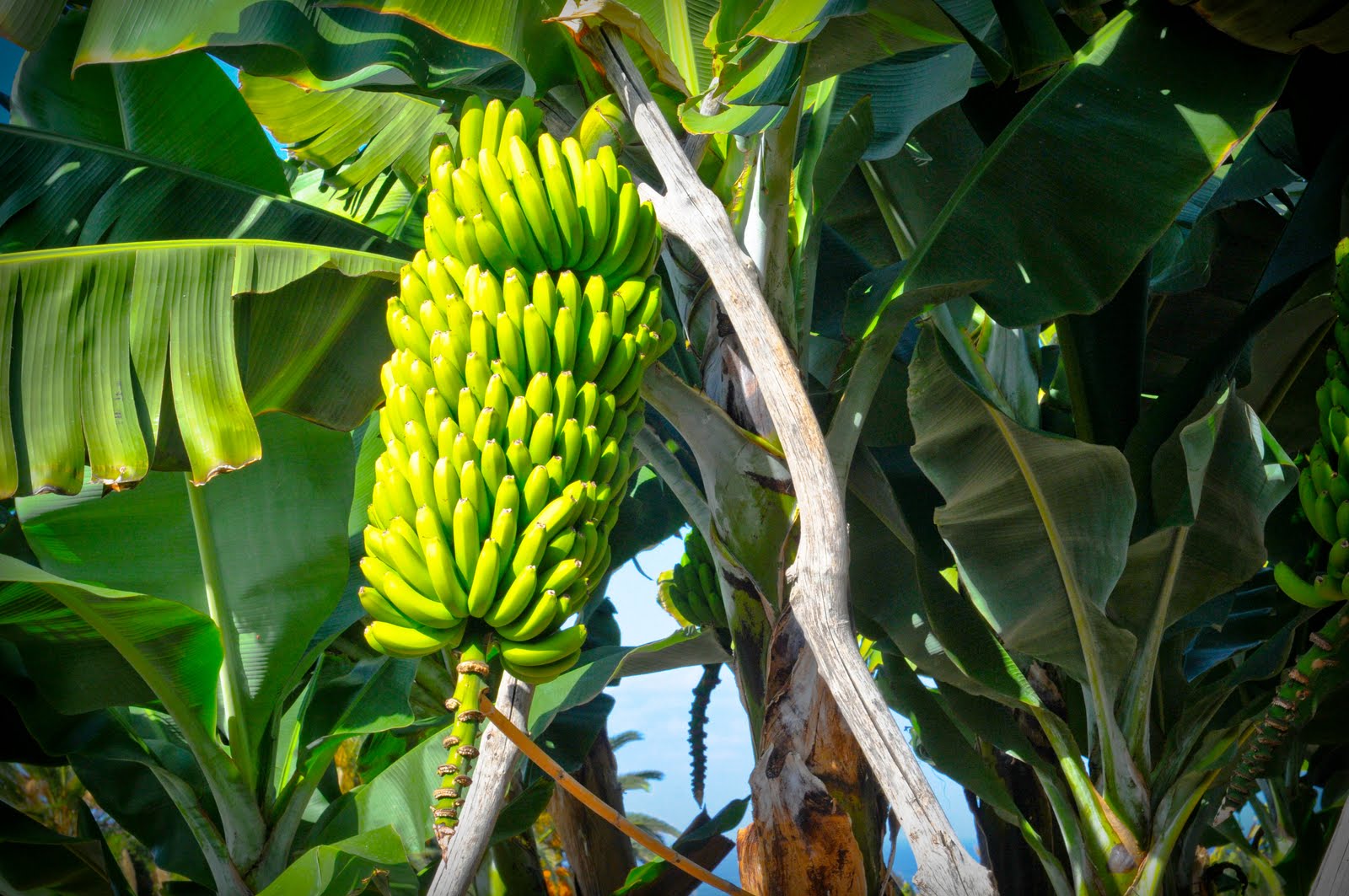
Every corner of Tenerife hides a unique ingredient that makes its cuisine truly tempting. The sea and the warm climate allow Canary Islanders to cultivate a wide variety of fruits and vegetables. They are two of the main ingredients in Tenerife cuisine. Fish and bananas are the big stars, but the island's menu has much more to offer.
As on all islands, fish is an essential element in Tenerife's cuisine. The most popular is la vieja (scarus cretensis), a white coastal fish with a mild flavour and can be found all year round. It is prepared battered, grilled or stewed with potatoes and served with spicy and green mojo sauces. Cherne (grouper) is also very popular; it is sold salt-cured and then desalted, just like cod, although it is also eaten fresh or grilled, with papas arrugás potatoes and green mojo sauce. The sea also offers us the ingredients for an exquisite fish stew, prepared with raw or fried fish and then cooked with potatoes, onions, tomato and peppers. Another delicious option is tuna, served marinated, grilled, as a carpaccio or with onions. The selection of seafood is rounded out with salted fish: redbanded seabream, white seabream, grey mullet, white seabass and mottled grouper.
Tenerife has exceptional wine to pair with the taste of the sea, with its five designations of origin: Tacoronte-Acentejo, Ycoden-Daute-Isora, Valle de La Orotava, Valle de Güímar and Abona, which together bottle more than five million litres every year. A a true pleasure for the palate.
Throughout the Canary Islands archipelago, potatoes (or as locals call them, papas) are an essential ingredient. They are used for vegetable stews, casserole dishes and especially as sides for meats and fish. It is no wonder, given that up to 46 different varieties of this tuber have been counted on the islands. These include the papa negra, which is only grown in Tenerife, and those known as papas bonitas, which may be white, coloured or black and are famous for their flavour and quality. Also popular are papas arrugás, or wrinkled potatoes, which are cooked in their skin with lots of salt (some even prefer to use seawater) and taste amazing. Although papas arrugás are the most famous, there are up to 46 varieties of Canary Islands papas.
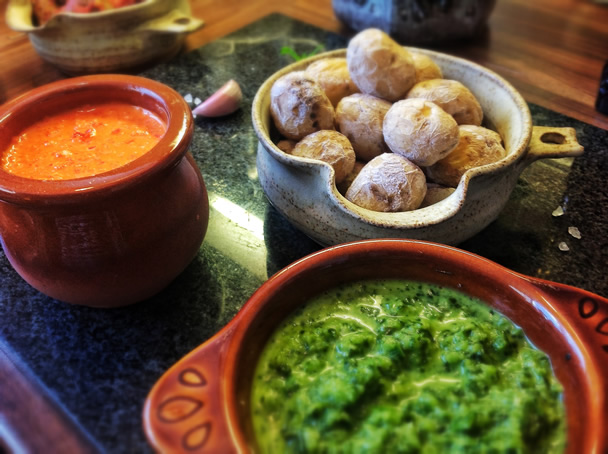
Another star Tenerife food product is, of course, mojo: a sauce that accompanies many recipes and is used as a complement to some main dishes. There are as many mojos as you can imagine (perhaps nearly a hundred) but there are four truly traditional recipes: colorado picón (with hot chilli or chilli pepper), colorado dulce (with mild palm peppers), verde (with cilantro), and almagrote (always made with a mature, hard cheese). Spread on toast it makes an excellent starter.
Gofio is a direct legacy of the indigenous people who inhabited the islands: the Guanches. It is a flour made from toasted grains - mostly barley, wheat and corn - along with pulses like chickpeas or broad beans. It can be served blanched or mixed with fish, meat or vegetable broth. It is the perfect pairing for dishes like fish stew or sancocho (a soup made of meat, tubers and vegetables). You can also eat it with raw onion slices. And powdered gofio is even added to milk for breakfast. Mixed with flour, it is ideal for biscuits, sponge cakes, ice-cream and even mousses.
It would be impossible to think about Tenerife cuisine without mentioning the banana, one if its most cherished products and a frequent ingredient in the island's cookbooks. You would be surprised at how many recipes this fruit can be added to. We find them in starters, such as the Canary Island banana salad with leaf shoots and dried fig vinaigrette; or in Cuban-style rice sushi with bananas. It also shows up in main courses like chicken dishes.
And, what about desserts? A flambé Canary Island banana with cinnamon and rum or a banana and pear cream custard with chocolate caramel is hard to resist. How about a banana split? The Canary Islands version of the famous banana split is the perfect way to round off any meal on the island. Aproveche!
 2
Like
Published at 12:10 PM Comments (0)
2
Like
Published at 12:10 PM Comments (0)
Spam post or Abuse? Please let us know
|
|